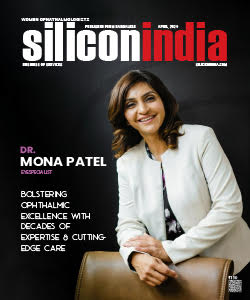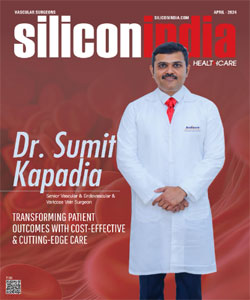How Wearable Technology is Empowering Patients with Medical Conditions That Limit Mobility

The ever-growing stress on the formal healthcare system and the shortage of facilities they provide have put a lot of pressure on healthcare facilities, that are compelled to discharge patients who still need care. As a consequence, professional caregivers are now employing a wide range of medical devices in home health care. The increasing migration of wearable medical technology is no longer restricted to the treatment of acute and chronic medical conditions and also expands to the realm of disease prevention and has become a lifestyle choice for laypeople. From tiny wireless devices to massive machines, the range of medical devices being used in nonclinical settings is vast and the most common of all medical devices is assistive technology that aids mobility in diabetics.
Types of Medical Devices for Foot Problems
1. Cutting-edge Wearable Technology for Diabetic Foot Ulcers
This state-of-the-art medical device features a biochemically active design to boost blood circulation, heal the wound, and protect the foot from a future injury. This device is inclusive of a pair of shoes that ensures good balance, offloads pressure at the wound site, and protects both the feet from infections. Powered by a rechargeable battery, this device can be worn both over and under clothing to protect feet from diabetic ulcers and accelerate recovery.
2. Foot Care Scale for Treating Foot Problems
Diabetic patients are always at the risk of developing foot problems that restrict mobility. If left untreated, foot problems like cracked skin, foot ulcers, calluses, and nerve damage can also lead to infections that eventually become the reason of amputation. This scale weighs diabetic patients and also helps them see the bottom of their feet as it is fitted with an illuminated mirror. Designed to detect cuts and scrapes early, this device ensures timely and effective treatment, helping patients avoid disability and irreparable damage.
3. Intermittent Pneumatic Compression Devices
IPC devices are designed to prevent blood clots in underlying veins and use cuffs to boost the flow of blood in the veins in patients suffering from deep vein thrombosis. DVT is a serious medical condition that leads to pain, tenderness, and swelling in the leg and in certain cases, the blood clot can break and cause a blockage in the blood vessel. Using an IPC device, helps prevent the complications of this condition by promoting the release of substances that work to prevent blood clots.
While medical technology has been very popular and has improved the quality of life for many patients, it is not without risks and hazards. Medical devices are error prone, battery powered, may become infested with bacteria, and any technical difficulty can result in delayed medical intervention. Patients need to wear certain devices at all times which can be inconvenient. Copper compression socks offer an easy and effective solution to improve the flow of blood in legs and feet. Copper socks apply significant pressure on the lower leg and compress the surface of muscles, veins, and arteries to narrow down the channels and boost blood circulation. Copper socks can be worn all day long without experiencing any discomfort, are easy to carry when you are travelling, and easier to clean and care for. Copper compression socks are highly beneficial for people who are at the risk of deep vein thrombosis or are suffering from mobility issues following an injury or a surgery. Pairing your medical device with a pair of copper compression socks will help you maximise the benefits of health technology while managing other aspects of your medical condition.
Read More News:
How to Build an Engaged Community on Instagram
Reliance Jio, BSNL only telcos to add subscribers in October



